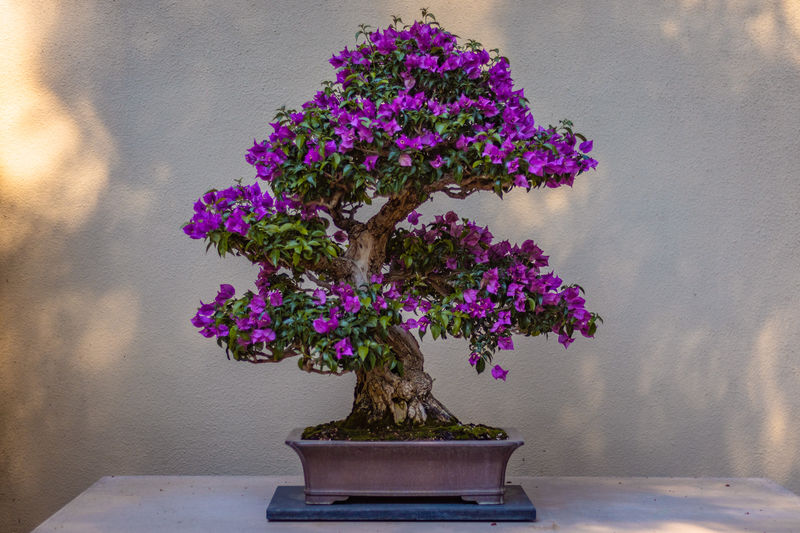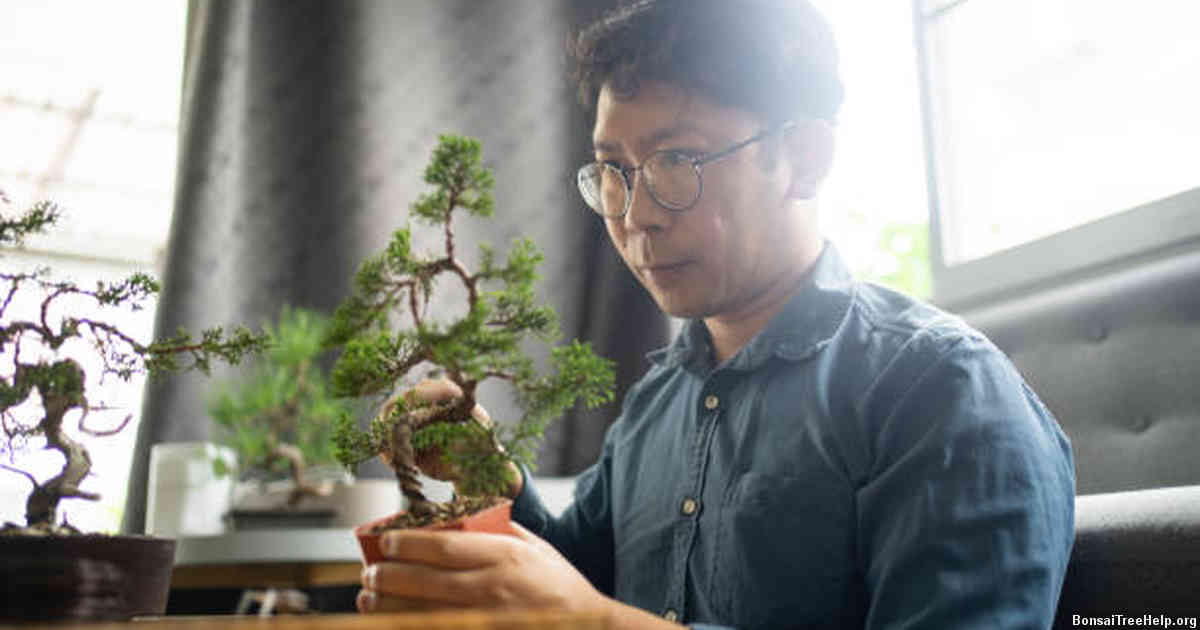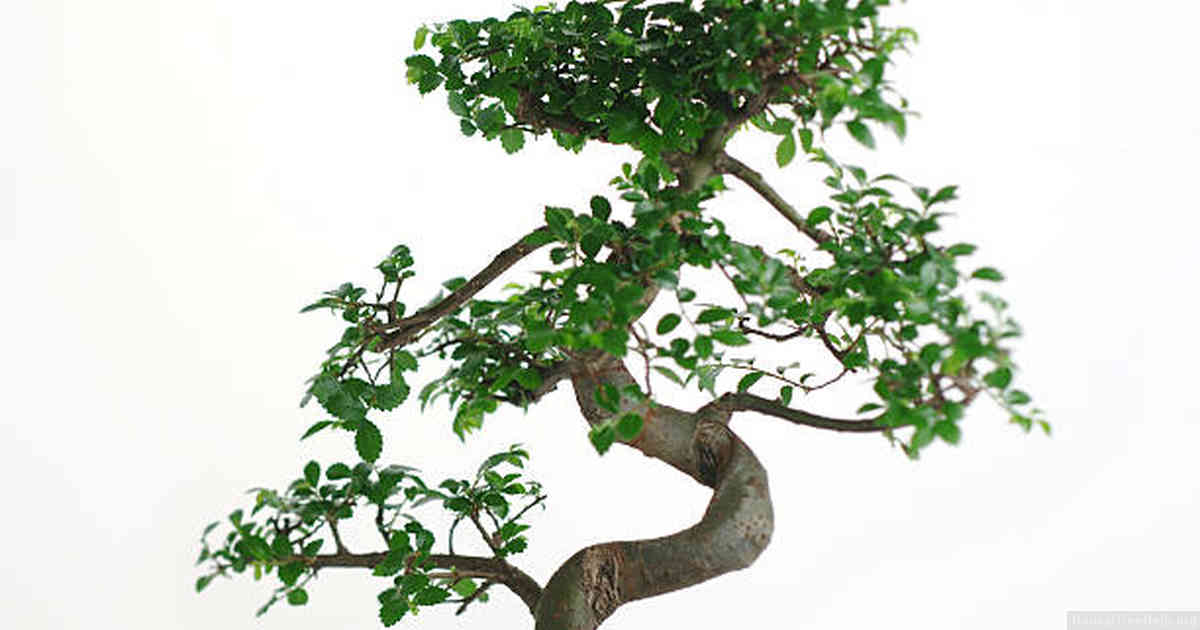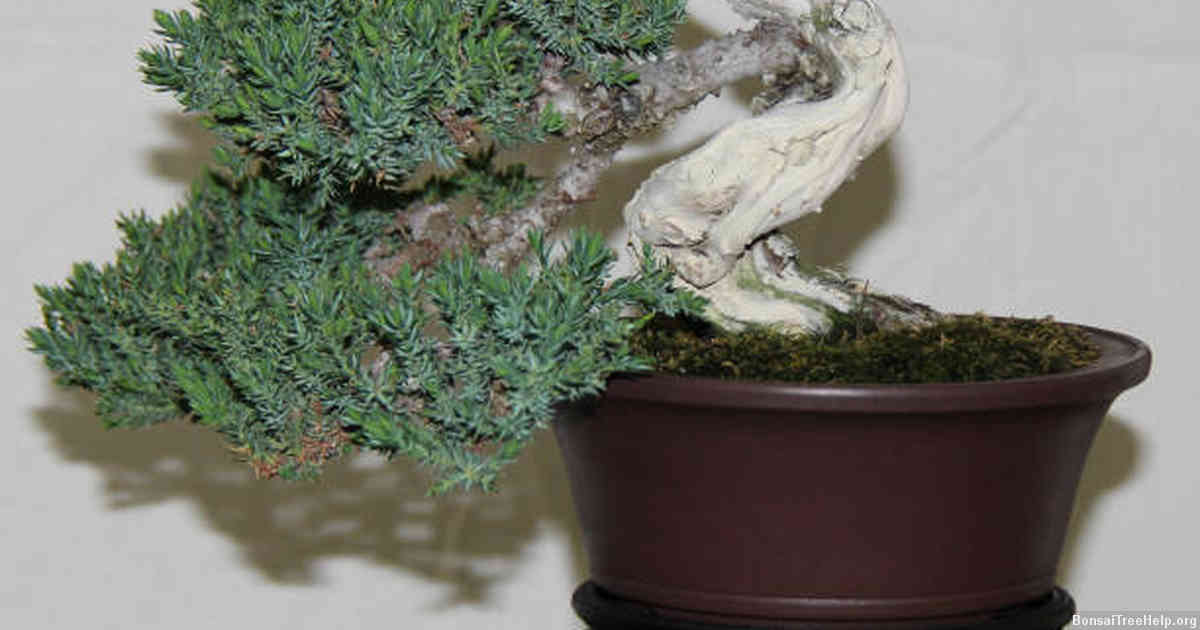
Wire your ficus bonsai in the early spring, when its buds are just beginning to grow. This is a crucial time for shaping and pruning the tree into its desired shape. The wires will be able to control the movement of new growth as it begins to fill out and create a strong skeletal structure for the tree. Wiring during this period allows for more precise placement of branches and twigs since their flexibility is still quite high at this stage. If done carefully, you can avoid putting stress on newly formed shoots by avoiding too much force when bending them with wire. Waiting until early spring ensures that you’ll have plenty of time to admire your handiwork throughout the rest of growing season.
Contents:
- Understanding the Wiring Technique for Ficus Bonsai
- Factors to Consider Before Wiring Your Ficus Bonsai
- The Right Time of Year to Wire Your Ficus Bonsai
- Signs that Indicate Your Ficus Bonsai is Ready for Wiring
- Step-by-Step Guide to Properly Wire Your Ficus Bonsai
- Common Mistakes to Avoid While Wiring Your Ficus Bonsai
- Aftercare Tips for a Newly-Wired Ficus Bonsai
Understanding the Wiring Technique for Ficus Bonsai

To properly wire a ficus bonsai, one must be acquainted with the specific technique and its implementation. To begin, it is important to note that not all species of this plant should be wired due to their susceptibility to damage. The tree must also have hardened sufficiently before wiring for best results; too early and the leaves may crack or even fall off from the stress. It is imperative to take extra caution when selecting an appropriate location for wiring as well, especially if intending on leaving it in place for a few months at a time.
Once you are certain that wiring is applicable, begin by choosing appropriate size wires based on thickness of branches. Though there exists specialized materials made specifically for wiring bonsais, copper electrical wires can do just as good of a job while costing much less – simply cut them into shorter pieces and bend them gently around each branch according to desired shape. Be sure that no binding or clamping takes place so as not to harm the tree itself. Tighten until branches are firmly held but never pull too hard; remember to use gloves for protection against potential cuts caused by sharp ends of wires. Check that your design holds once per month during the duration of its stay in position; adjust accordingly if necessary given changes of seasonality or health status of tree.
Factors to Consider Before Wiring Your Ficus Bonsai

Ficus Bonsai is a popular tree among indoor gardeners, as it can survive in relatively low light and only needs to be watered every few days. Despite its hardy nature, wiring your ficus bonsai requires careful consideration before beginning the process. The time of year, age of the bonsai tree and overall health should all be taken into account prior to tackling the task.
When deciding when to wire a ficus bonsai, season plays an important role in determining optimal timing. As with many woody plants, cold weather or periods of dormancy are not good times for wiring since the weakened branches may break more easily during this period. Summertime is generally ill-advised due to increased humidity making it difficult for wires to bind properly on branches. To protect your tree from over-wiring it’s best to opt for late winter or early spring before new growth begins sprouting from stem tips and buds open up.
Another thing that’s essential to consider is the age of your ficus bonsai; younger trees take better to wiring compared to more mature ones because they have supple branches that will conform more readily. Trees that have had extensive pruning done earlier in their lives respond well as fresh cuts heal faster than older wounds do when wired together properly forming strong unions between them. If a branching pattern has been established and you merely wish reshape existing sections then wiring could actually damage both limbs involved so be sure examine closely beforehand any planned alterations by following prudent shaping practices known in Bonsai culture such as ‘one third rule’ which states never remove more than one third total foliage mass from chosen branch at once. Always check if branches feel healthy enough before attempting any procedure and look out for telltale signs like discoloration or mold which indicate fungal problems or infestations requiring additional care rather than training techniques like wiring.
The Right Time of Year to Wire Your Ficus Bonsai

Wiring your ficus bonsai is an important part of the pruning process for optimal growth and shape. Although you may be eager to start wiring at any time, the best time of year to wire a ficus bonsai is in early spring before new buds begin to appear on your tree. During this time, branches are still flexible enough to bend while being wired which makes it easier to shape them as desired.
For most ficus species, winter dormancy is essential as temperatures drop below 50 degrees Fahrenheit during this period and reduce the amount of water available in the soil. If wiring occurs during winter dormancy it will cause unnecessary stress that can affect their health and stunt their growth. Thus, waiting until after winter dormancy is essential so that they have enough energy reserves available throughout the growing season.
In addition to avoiding cold weather periods, humidity levels must also be taken into consideration when determining the right timing for wiring your ficus bonsai. As too much moisture in its environment can rot or kill roots if not properly drained from the soil it’s imperative to wait until summer has begun before beginning pruning and shaping processes as humidity levels tend to increase with higher temperatures causing more frequent watering cycles and fungal growth that can damage a tree’s root system over time.
Signs that Indicate Your Ficus Bonsai is Ready for Wiring

Knowing when to wire a ficus bonsai can be tricky. Understanding the signs that indicate your plant is ready will help you do the job correctly and safely. Observe the shape of your tree; if it has outgrown its current style or it’s growing too lopsided, then it’s likely time to wire. Check for leaves; If you notice new leaves protruding from more than one location around the trunk then wiring might be necessary. Similarly, inspect whether existing branches have become thick or heavy which can cause them to break off easily in windy weather – another indication your ficus needs wiring.
Secondarily, consider any deadwood that may have formed on either the trunk or branches over time as this could cause imbalances and odd shapes in your tree’s form. Look at any recent growth like shoots and buds as they can change over time – if left unaddressed with wiring they may develop into awkward bends or incorrect angles that are difficult to correct later down the line. Taking note of all these factors should enable you identify when it is best for you wire your precious bonsai.
Step-by-Step Guide to Properly Wire Your Ficus Bonsai

In order to successfully wire your ficus bonsai, you need an adequate set of supplies. Make sure that you have the proper tools: thin gauge anodized aluminum wire (1-2mm in diameter), branch cutters, and a pair of pliers or pruners. Be sure that your bonsai tree is healthy before wiring; this will ensure it has enough flexibility to shape as desired without too much stress on its branches.
Once equipped with the necessary supplies and a vibrant tree, begin by wrapping the wires around at least two branches that are near each other – one should be larger than the other – then twist them together. Be gentle yet firm when adjusting wires since applying too much pressure can cause breakage. Once secured in place, move up and down along the trunk selecting branches which are heading in opposite directions to reinforce their positioning with wire where appropriate. As sections are wired check for binding areas or places where there might be too much tension on either limb so adjust accordingly with caution until wired correctly. Carefully remove any excess wire from limbs using cutters if needed once finished shaping your masterpiece.
With these steps in mind you can easily learn how to properly wire your ficus bonsai like a pro.
Common Mistakes to Avoid While Wiring Your Ficus Bonsai

Many people mistakenly believe that wiring their ficus bonsai is a straightforward process. In reality, this delicate task requires knowledge and skill to ensure the safety of your plant. Here are a few common mistakes to avoid when wiring your bonsai tree:
First, never leave the wire on for more than three months, as it can cause damage or permanent distortion of the branches. The recommended amount of time for any wire application is two months at most; if necessary, you should loosen or remove the wires and re-apply them once every two months. Be sure not to use too much pressure while wrapping the wire around the trunk and branches – lightly twist only where necessary so as not to impede growth and development.
It’s important to consider using an appropriate gauge of wire when wiring your bonsai tree. Wires that are too thick can restrict circulation while those that are too thin may fail in holding shape. As such, select an appropriate size that won’t harm your ficus’ delicate structure. Keep these tips in mind before starting to wire your bonsai tree – they will help you achieve desirable shaping results without damaging your beloved plant.
Aftercare Tips for a Newly-Wired Ficus Bonsai

Though wiring is essential for training the shape of a ficus bonsai, it is only one part of ensuring its long-term health. After wiring is done and the desired shape achieved, there are several other aftercare steps that must be taken to ensure your plant will remain healthy and strong.
The first step should always be to observe your newly-wired bonsai carefully to check for any undesired pressure from the wires, or if any branches have been weakened too much by them. It may take time before these problems become apparent but can be caused due to overzealousness with the wiring process. If you see signs of distress in your tree (such as drooping leaves or altered growth patterns) it may be necessary to slightly adjust or even remove parts of the wire earlier than planned.
Next, check on soil moisture levels at least twice a day using a moisture meter as ficus species require more water during and immediately following repotting and wiring compared to average. Keeping up with regular watering schedules helps trees quickly settle back into their normal habits while providing adequate hydration during the inevitable shock period associated with repotting and moving roots around during wiring. Applying liquid fertilizer every two weeks greatly aids development of new bud growth and encourages root health for faster recovery times overall.
Leave a Reply